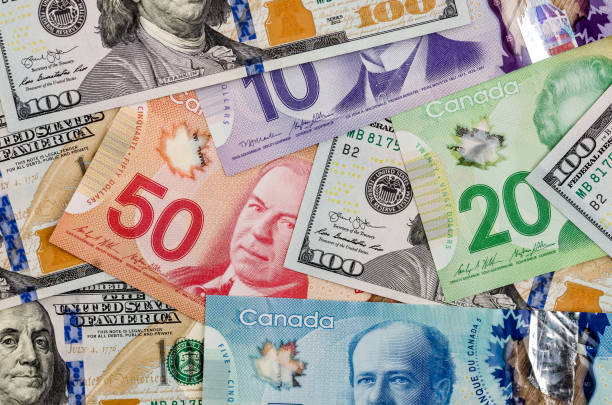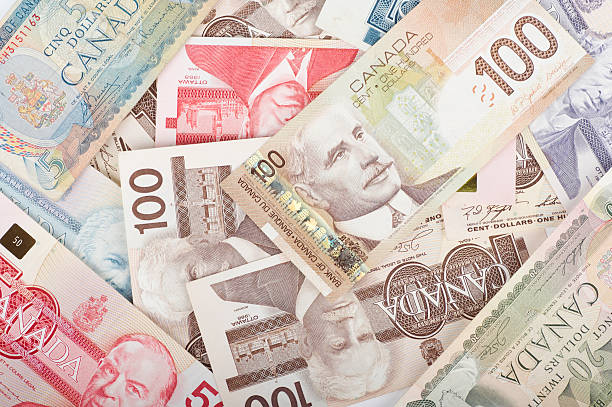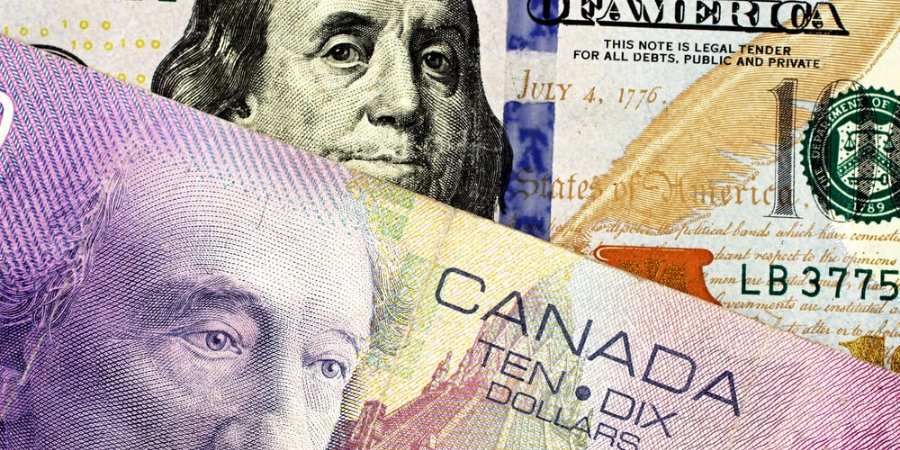US Dollar falls as markets bets for a larger cut in September rise

- US Dollar depreciates as investors digest inflation data.
- Fed rate cut expectations rise following dovish comments.
- On the data front, Consumer Confidence improves slightly in early September.
The US Dollar Index (DXY), which measures the value of the USD against a basket of currencies, is posting losses on Friday as markets continue digesting this week's inflation data. At the end of the week, there was a slight increase in expectations that the Federal Reserve may cut interest rates by 50 bps in the next week’s meeting.
The US economy remains robust, with growth exceeding expectations. However, financial markets may be overestimating the likelihood of aggressive monetary policy easing. This is evident in the elevated valuations of certain assets. Investors should exercise caution and consider that the economic outlook may not warrant the current pricing practices.
Daily digest market movers: US Dollar Index declines as Fed decision looms
- "Fed whisperer" Nick Timiraos suggested that the decision could be a "close call," raising the odds of a 50-basis-point cut from 10% to nearly 50%.
- The market now prices in nearly 125 basis points of easing by year-end and 250 basis points over the next 12 months.
- On Thursday, August Producer Price Index (PPI) data was in line with expectations, with headline inflation at 1.7% YoY and core inflation at 2.4% YoY.
- On Friday, Consumer Confidence improved slightly in early September, with the University of Michigan's Consumer Sentiment Index rising to 69 from 67.9 in August.
- The details of the survey showed that one-year inflation expectations declined to 2.7% from 2.8%, while five-year inflation expectations rose to 3.1% from 3%.
DXY technical outlook: Bearish momentum resumes
Technical indicators for the DXY index have resumed their downward trajectory, falling into negative territory. Notably, the index has breached below its 20-day Simple Moving Average (SMA), indicating a shift in momentum toward the downside.
The Relative Strength Index (RSI) and the Moving Average Convergence Divergence (MACD) also confirm the bearish bias. In light of these developments, further declines in the DXY index are anticipated in the near future.
Key support levels to watch include 101.60, 101.30 and 101.00, while potential resistance levels lie at 101.80, 102.00 and 102.30.
Inflation FAQs
What is inflation?
Inflation measures the rise in the price of a representative basket of goods and services. Headline inflation is usually expressed as a percentage change on a month-on-month (MoM) and year-on-year (YoY) basis. Core inflation excludes more volatile elements such as food and fuel which can fluctuate because of geopolitical and seasonal factors. Core inflation is the figure economists focus on and is the level targeted by central banks, which are mandated to keep inflation at a manageable level, usually around 2%.
What is the Consumer Price Index (CPI)?
The Consumer Price Index (CPI) measures the change in prices of a basket of goods and services over a period of time. It is usually expressed as a percentage change on a month-on-month (MoM) and year-on-year (YoY) basis. Core CPI is the figure targeted by central banks as it excludes volatile food and fuel inputs. When Core CPI rises above 2% it usually results in higher interest rates and vice versa when it falls below 2%. Since higher interest rates are positive for a currency, higher inflation usually results in a stronger currency. The opposite is true when inflation falls.
What is the impact of inflation on foreign exchange?
Although it may seem counter-intuitive, high inflation in a country pushes up the value of its currency and vice versa for lower inflation. This is because the central bank will normally raise interest rates to combat the higher inflation, which attract more global capital inflows from investors looking for a lucrative place to park their money.
How does inflation influence the price of Gold?
Formerly, Gold was the asset investors turned to in times of high inflation because it preserved its value, and whilst investors will often still buy Gold for its safe-haven properties in times of extreme market turmoil, this is not the case most of the time. This is because when inflation is high, central banks will put up interest rates to combat it. Higher interest rates are negative for Gold because they increase the opportunity-cost of holding Gold vis-a-vis an interest-bearing asset or placing the money in a cash deposit account. On the flipside, lower inflation tends to be positive for Gold as it brings interest rates down, making the bright metal a more viable investment alternative.








